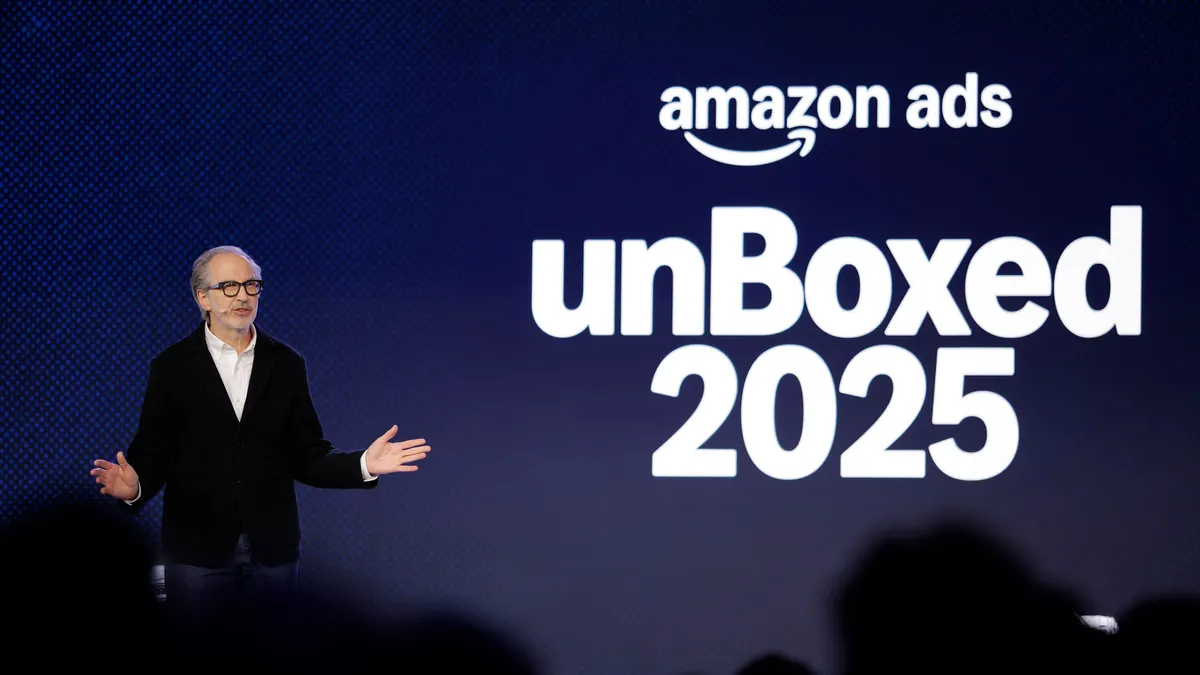Alaska Airlines and consultancy Adswerve have found a projected increase of addressable advertising revenue that could be worth up to $100 million — an 11% projected increase — by using Google’s open-source Meridian marketing mix model (MMM), per details shared with Marketing Dive.
While the increase is a future opportunity, not realized revenue, the predictive analysis also found a way for Alaska Airlines to secure a 3% increase in return on investment based on budget optimizations. The results demonstrate how MMMs like Meridian can help marketers measure an increasingly complex media landscape.
“We had MMM before, but this is a little more robust than what we had,” said Owen Bickford, paid performance media director at Alaska Airlines. “It’s providing data that we have not really had access to before.”
When announcing Meridian last year, Google noted that 60% of U.S. advertisers were using MMMs and 58% of those not using these models were considering doing so in the future, citing Kantar data. While the statistical analysis tools have been around for decades, increased media fragmentation has pushed MMMs back in vogue among those tackling measurement at agencies and other industry bodies.
Like other MMMs, Meridian helps marketers measure channels including television, radio and out-of-home advertising, giving them a holistic view of how channels affect the entire customer funnel. Meridian also takes in additional information such as holidays, seasonality, customer reviews and world events.
Google launched Meridian in March 2024 as a way to provide marketers with the foundation for comprehensive, privacy-durable measurement capabilities. Since then, the tech giant decided against deprecating third-party cookies or offering an opt-out mechanism, and has faced increased antitrust pressure. Like any product from Google — such as its Privacy Sandbox proposals — there is some concern that Meridian could be biased toward Google’s ad offerings.
“I think it’s yet to be determined if that’s really what it’s going to be. I think with more data, more iterations, we’ll gain a much better insight into how it’s actually going to look,” Bickford said of any biases inherent to Meridian.
Open-source optimization
Alaska Airlines has worked with Adswerve since 2020, developing different machine learning models around advertising and audience data like predicted lifetime value. Adswerve became a certified Meridian partner in January and utilized a rapid, three-month implementation for its work with the airline.
Meridian helps improve marketing performance by providing granular insights around reach and frequency and a seamless integration of prior business knowledge, especially for large enterprise marketers like Alaska. But its key benefit is providing access to Google Query Volume data.
“The ability to… not only see how people are googling Alaska flights, but how people are googling flight travel in general is a huge benefit. Then you can really discern how much of a difference your ads are doing versus that baseline demand,” said Zach Mitchell, a data scientist at Adswerve.
Adswerve amplifies Meridian’s capabilities via its proprietary dashboard, a tool that gives marketers deeper insights, enables dynamic budget adjustments and allows for experiments around distributions and real-time optimization. As a partner with Google, Adswerve can help marketers implement Meridian more effectively.
“While it is an open-source solution, it’s also pretty complex. It requires a lot of data wrangling,” said Luka Cempre, Adswerve’s head of data modernization and cloud strategy. “It’s not a software-as-a-service solution… so you need to have someone who knows what’s going on in there to walk through it, to know where to run it, how to execute it … and then help Alaska bring all these complex outputs into a really nice way to optimize their budget.”
As it works to realize that $100 million in addressable advertising revenue, Alaska has started to optimize its ad budget in line with Meridian’s findings. The airline has shifted more spend toward a mid-funnel strategy to move consumers to complete bookings.
“We have a brand team and we have the performance team,” Bickford explained. “How can we connect those two different groups more coherently, share the message across both and really move those people that are traditionally in the brand space from awareness to consideration?”




















